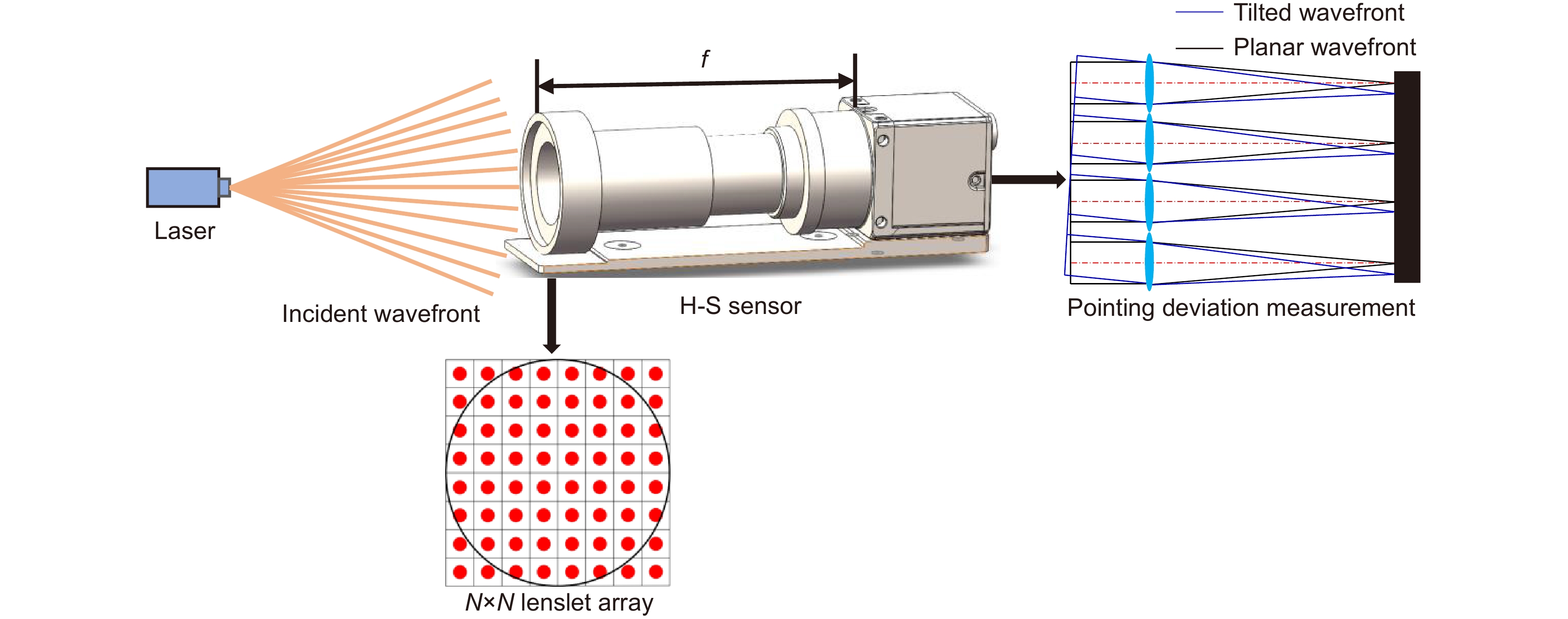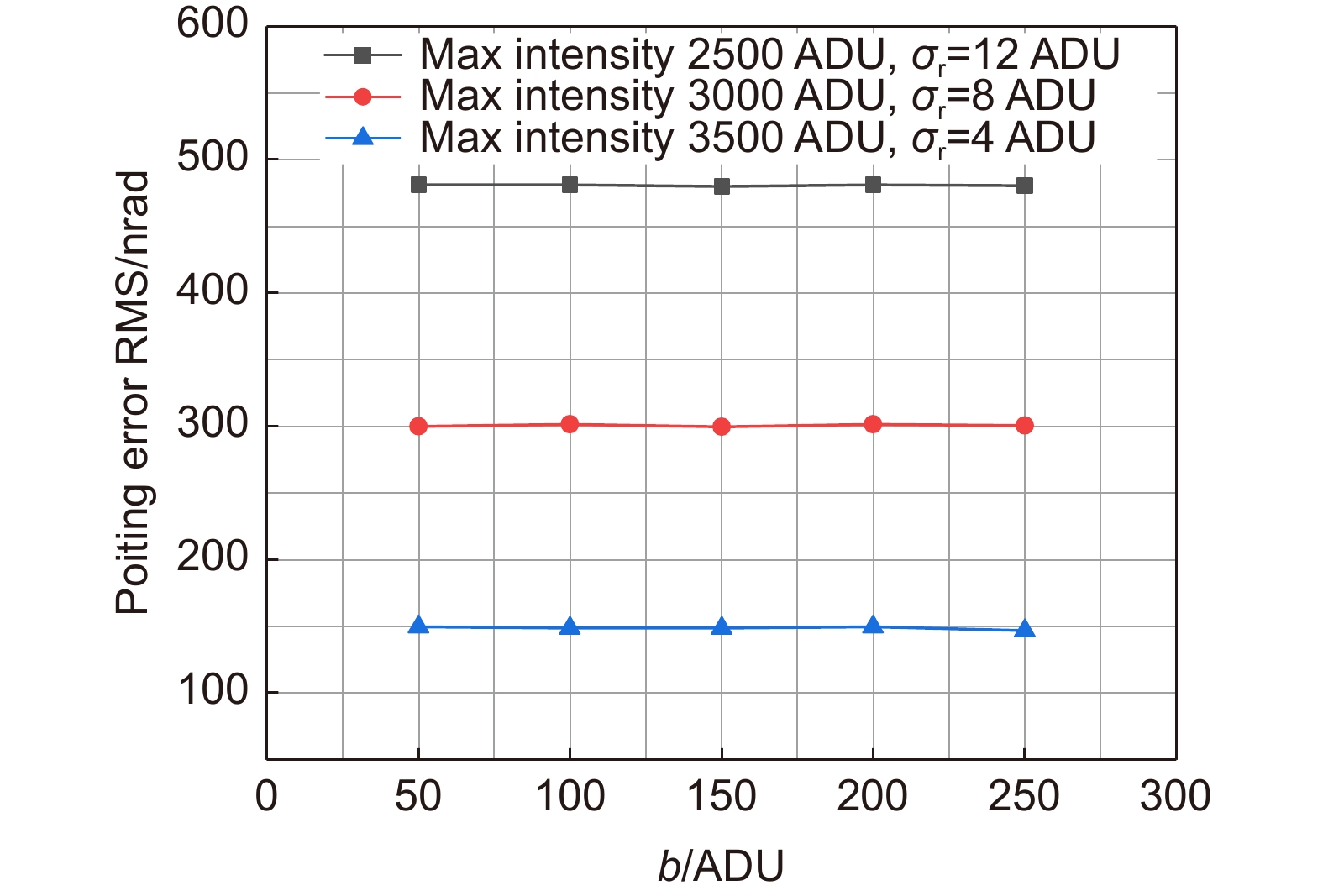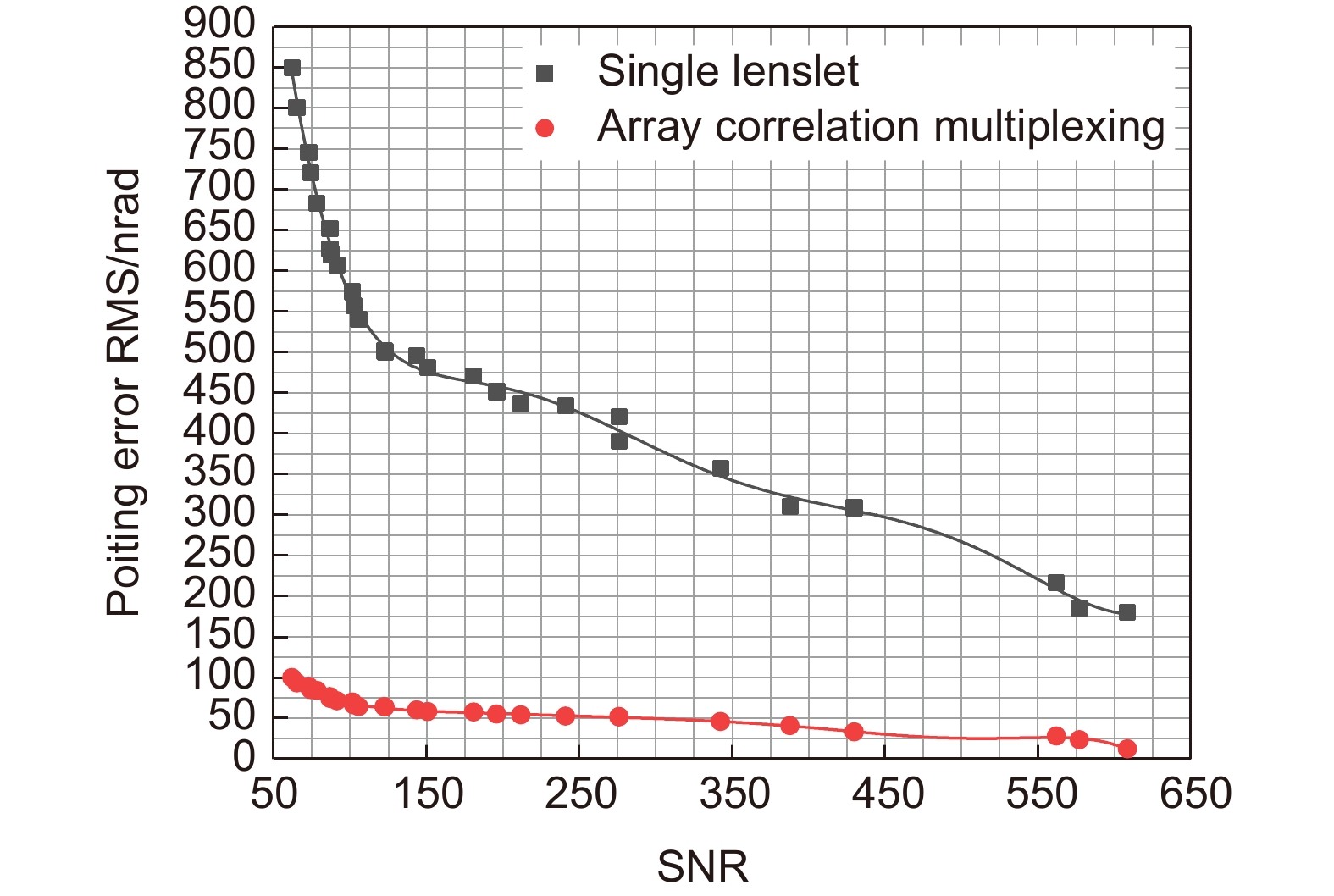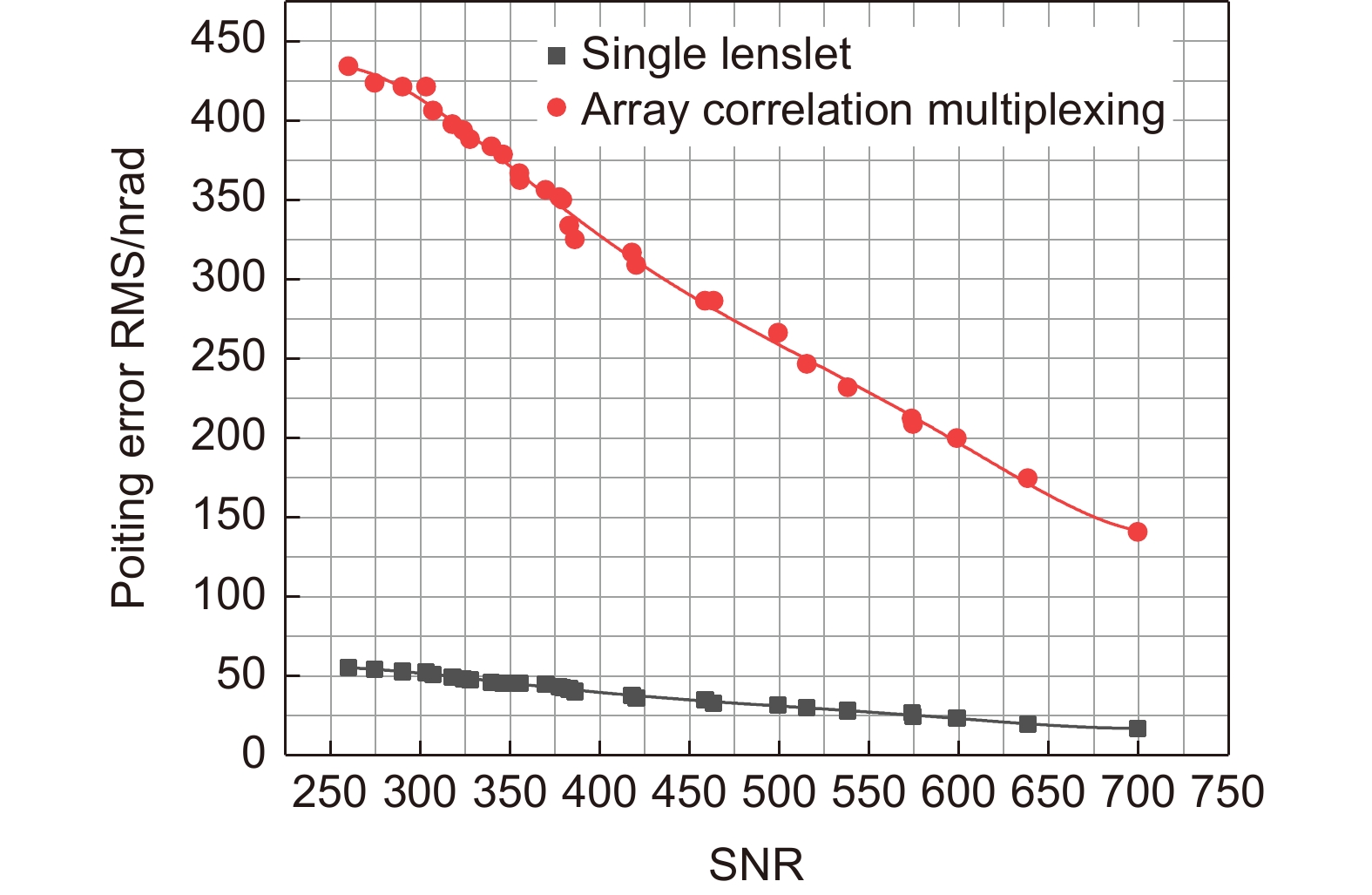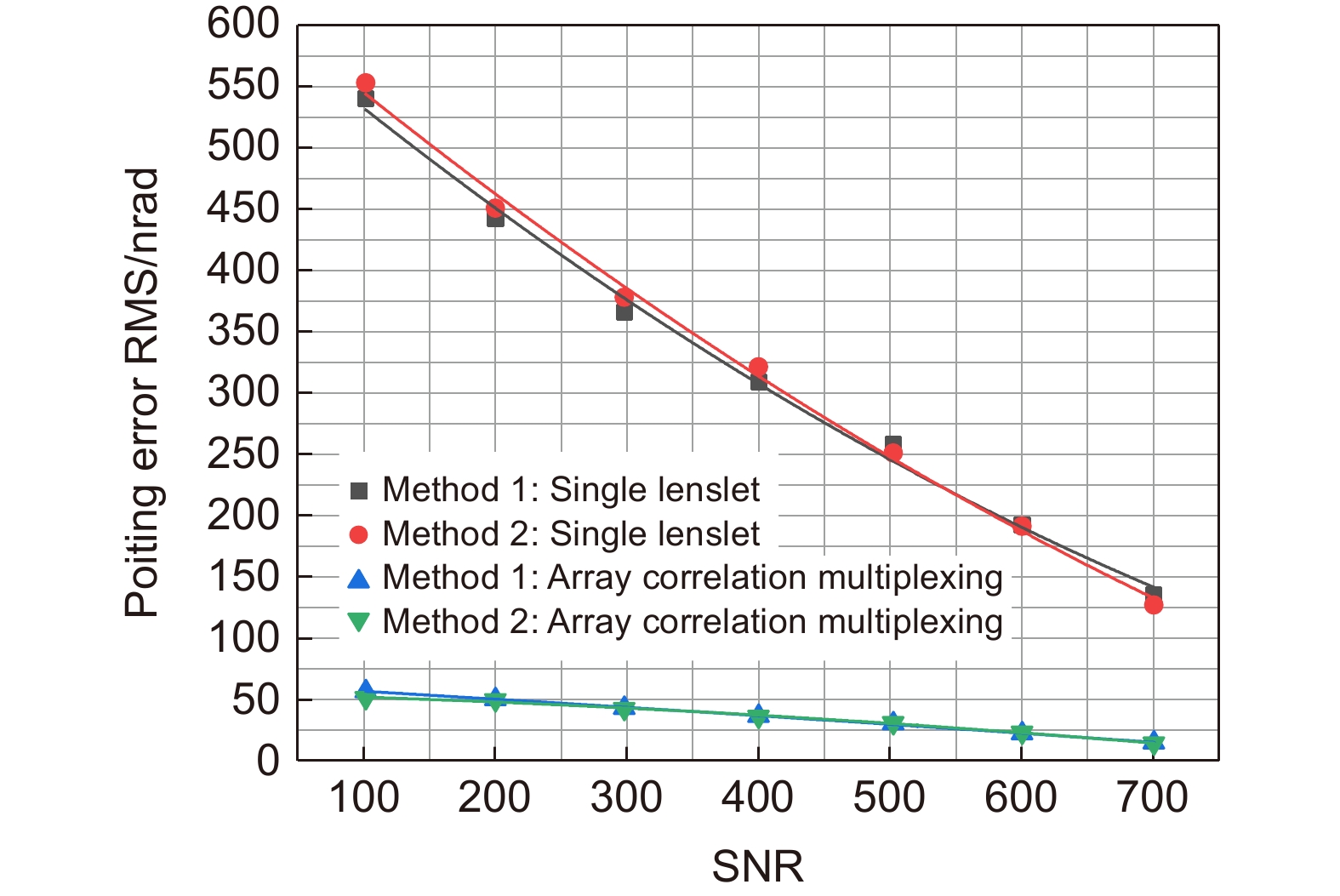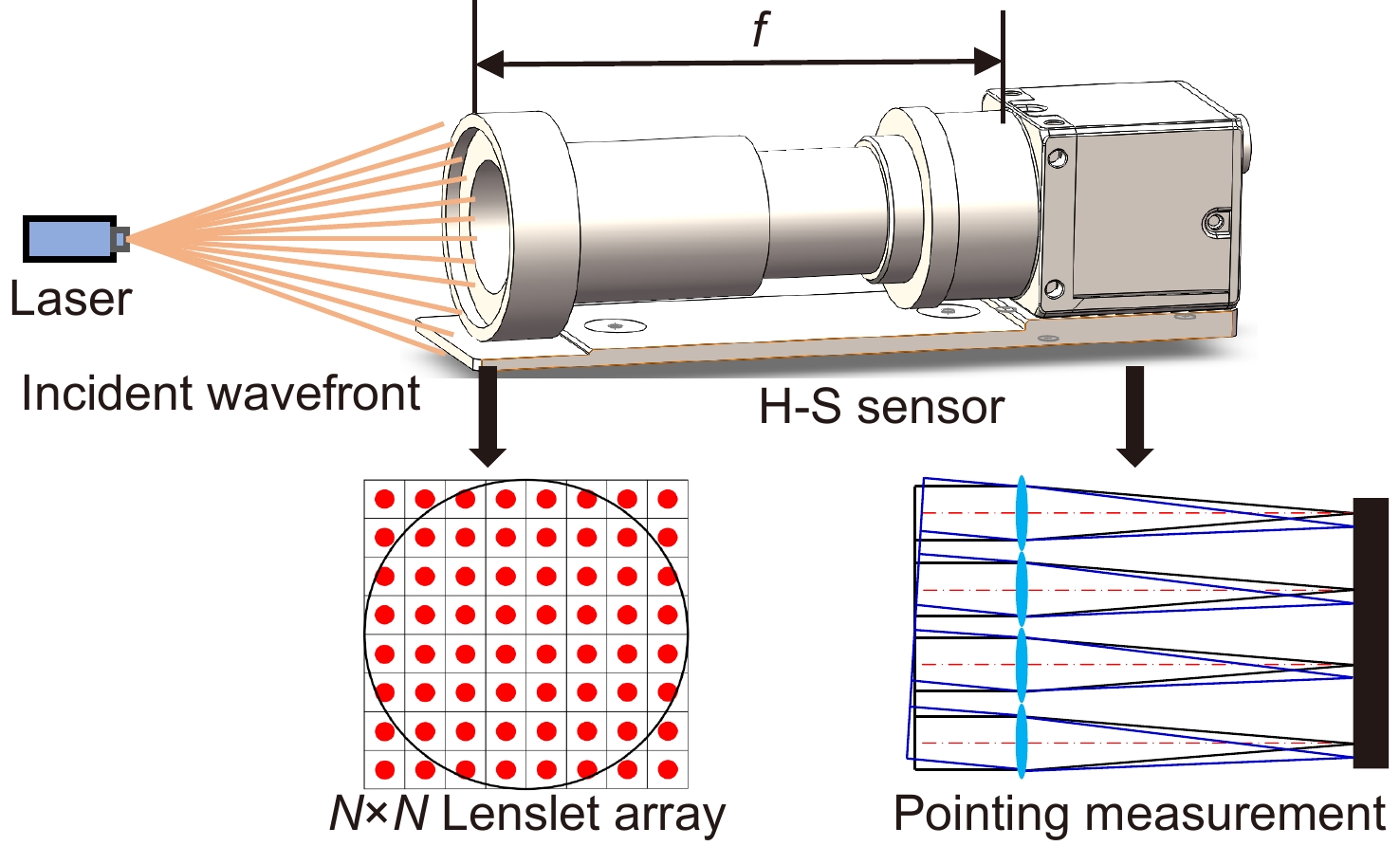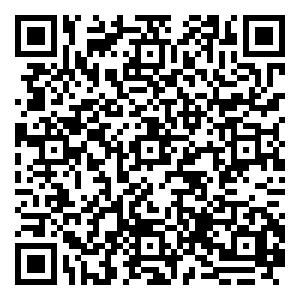High-precision ground measurement technology research for measuring pointing deviation in space-based gravitational wave detection telescopes
-
摘要:
星载望远镜是实现空间引力波探测的核心组成部分。由于各星座之间传输距离达到109 m量级,对望远镜指向精度提出了nrad量级的严苛要求,而指向偏差高精度测量和定标就成为实现空间引力波探测星载望远镜高精度指向的前提。为实现星载望远镜指向偏差地面测试及传感器定标需求,本文提出基于哈特曼原理的新型指向偏差高精度测量方法,采用多子孔径空间复用思想降低各类随机误差对测量精度的影响,显著提升了指向偏差测量精度。本文根据传感器参数与指向偏差测量精度之间的定量关系,对哈特曼传感器参数进行了分析优化,并分析了星载望远镜指向偏差测量精度。研究结果表明:采用基于哈特曼原理的多子孔径空间复用方法,可以实现对星载望远镜指向偏差0.62 nrad的高精度测量,为空间引力波探测望远镜地面测试及在轨传感器定标提供了可行途径和参考。
Abstract:The spaceborne telescope plays a critical role in detecting gravitational waves in space. Given transmission distances of approximately 109 meters between different constellations, there are stringent requirements for nanoradian precision in telescope pointing accuracy. Accurate pointing deviation measurement and calibration are essential prerequisites for achieving high-precision pointing in space-based gravitational wave detection telescopes. To meet the ground testing and sensor calibration needs for space telescopes' pointing deviation, this paper introduces a novel high-precision measurement method based on the Hartmann principle. By utilizing the concept of multi-aperture spatial reuse, this approach mitigates the impact of various sources of random errors, significantly improving the precision of pointing deviation measurements. The paper conducts an analysis and optimization of Hartmann sensor parameters, establishing a quantitative relationship between sensor parameters and pointing deviation measurement accuracy. The research findings demonstrate that the multi-aperture spatial reuse method based on the Hartmann principle can achieve highly precise measurements of telescope pointing deviations, with the accuracy as low as 0.32 nrad. This method offers a feasible approach and serves as a reference for ground testing and in-orbit sensor calibration of space-based gravitational wave detection telescopes.
-
Overview: Since the groundbreaking discovery of gravitational waves, the scientific community has fervently pursued the exploration of low-frequency gravitational waves to glean deeper insights into the cosmos. The inherent limitations of ground-based conditions, however, pose formidable challenges for detectors in capturing gravitational waves below the 1 Hz threshold. Consequently, the imperative has shifted toward the deployment of space-based gravitational wave detectors as the paramount solution for effective low-frequency gravitational wave detection. At the crux of space-based gravitational wave detection lies the pivotal role of spaceborne telescopes. Given the expansive transmission distances spanning magnitudes of 109 m between celestial constellations, the demand for nanoradian-level precision in telescope pointing accuracy becomes non-negotiable. The concomitant necessity for high-precision measurements and calibration emerges as a prerequisite for achieving the exacting standards of pointing accuracy in spaceborne telescopes dedicated to gravitational wave detection. To ameliorate the deleterious effects of pointing deviations on gravitational wave detection, this study strategically optimizes key parameters, including microlens structures, detector selection, and algorithmic frameworks, thereby achieving a breakthrough in high-precision pointing deviation measurements. Leveraging a low-density microlens array with extended sub-aperture focal lengths enhances the spatial scale of the light spot within each sub-aperture. This, coupled with detectors boasting a high signal-to-noise ratio, synergistically elevates the pointing detection accuracy of each discrete lens. Moreover, the paper introduces an innovative, Hartmann principle-based methodology for high-precision pointing deviation measurements, deploying a spatially reused paradigm across multiple sub-apertures. By aggregating measurement results from diverse sub-apertures, the approach effectively mitigates the influence of assorted random errors on measurement accuracy, thereby markedly enhancing the precision of pointing deviation measurements. Illustrating the efficacy of these methodologies, the paper exemplifies their application within the ambit of the "Tianqin Plan" for space-based gravitational wave detection. Employing numerical simulations and factoring in the design parameters of the Hartmann sensor, the study performs a meticulous analysis of pointing deviation measurement accuracy. Comparative analysis between single sub-aperture and sub-aperture correlation reuse technologies reveals a compelling enhancement in measurement accuracy, approximating a sevenfold improvement with the latter. The pointing deviation measurement accuracy achieved through sub-aperture correlation reuse technology is quantified at approximately 18.81 nanoradians. Considering the optical magnification inherent in spaceborne telescopes, estimated at around 30 times, the resultant pointing deviation measurement accuracy reaches an impressive 0.62 nanoradians. This design precision significantly surpasses the stipulated 1 nanoradian accuracy requirement for ground-based gravitational wave pointing deviation measurements. As a prudential measure, the proposed design incorporates a substantial margin to accommodate potential accuracy diminution attributable to external perturbations during empirical testing.
-

-
图 6 在不同光强峰值的条件下读出噪声对指向偏差测量精度的影响。(a)采用单个子孔径的仿真分析;(b)采用子孔径相关复用技术的仿真分析
Figure 6. Effect of readout noises on pointing deviation measurement accuracy under conditions of different light intensity peaks. (a) Simulation analysis using a single subaperture; (b) Simulation analysis using sub-aperture related multiplexing technology
图 8 在不同读出噪声的条件下光子噪声对指向偏差测量精度的影响。(a)采用单个子孔径的仿真分析;(b)采用子孔径相关复用技术的仿真分析
Figure 8. Effect of photon noise on pointing deviation measurement accuracy under different readout noise conditions. (a) Simulation analysis using a single subaperture; (b) Simulation analysis using sub-aperture related multiplexing technology
表 1 哈特曼传感器设计参数
Table 1. Hartmann sensor design parameters
仪器名称 指标名称 参数 激光器 激光器波长(λ) 1064 nm 微透镜阵列 空间分辨率(N×N) 8×8 材料 石英 子透镜大小(d) 0.6 mm 子透镜形状 方形,连续表面 微透镜焦距(f) 80 mm 探测器 像素大小(p) 4.5 μm 分辨率 1936×1464 暗背景(ADU) 约240 ADU 信噪比(SNR) 43.6 dB 位深(bit) 12位 表 2 信噪比对指向偏差测量精度的影响分析
Table 2. Analysis of the influence of signal-to-noise ratio on pointing deviation measurement accuracy
光强大小(ADU) 3600 3200 3000 2600 2000 噪声标准差(ADU) 5.15 4.58 4.28 3.71 2.85 信噪比SNR 699.815 699.029 700.934 700.808 701.754 指向偏差测量精度(nrad) 135.459 135.394 135.448 135.563 135.698 与第一组数据的误差(nard) / 0.023804 0.02972 0.14467 0.28003 相对误差 / 0.000176 0.000219 0.001068 0.002067 -
[1] Abbott B P, Abbott R, Abbott T D. Observation of gravitational waves from a binary black hole merger[J]. Phys Rev Lett, 2016, 116(6): 061102. doi: 10.1103/PhysRevLett.116.061102
[2] Danzmann K, The LISA Study Team. LISA: laser interferometer space antenna for gravitational wave measurements[J]. Class Quantum Grav, 1996, 13(11A): A247−A250. doi: 10.1088/0264-9381/13/11A/033
[3] Luo J, Chen L S, Duan H Z, et al. TianQin: a space-borne gravitational wave detector[J]. Class Quantum Grav, 2016, 33(3): 035010. doi: 10.1088/0264-9381/33/3/035010
[4] Ruan W H, Guo Z K, Cai R G, et al. Taiji program: gravitational-wave sources[J]. Int J Mod Phys A, 2020, 35(17): 2050075. doi: 10.1142/S0217751X2050075X
[5] 罗子人, 白姗, 边星, 等. 空间激光干涉引力波探测[J]. 力学进展, 2013, 43(4): 415−447. doi: 10.6052/1000-0992-13-044
Luo Z R, Bai S, Bian X, et al. Gravitational wave detection by space laser interferometry[J]. Adv Mechan, 2013, 43(4): 415−447. doi: 10.6052/1000-0992-13-044
[6] 王小勇,白绍竣,张倩,等. 空间引力波探测望远镜研究进展[J]. 光电工程, 2023, 50(11): 230219. doi: 10.12086/oee.2023.230219
Wang X Y, Bai S J, Zhang Q, et al. Research progress of telescopes for space-based gravitational wave missions[J]. Opto-Electron Eng, 2023, 50(11): 230219. doi: 10.12086/oee.2023.230219
[7] Sasso C P, Mana G, Mottini S. Coupling of wavefront errors and jitter in the LISA interferometer: far-field propagation[J]. Class Quantum Grav, 2018, 35(18): 185013. doi: 10.1088/1361-6382/aad7f5
[8] 赵馨, 刘云清, 佟首峰. 动态空间激光通信系统视轴初始指向建模及验证[J]. 中国激光, 2014, 41(5): 0505009. doi: 10.3788/cji.201441.0505009
Zhao X, Liu Y Q, Tong S F. Line-of-sight initial alignment model and test in dynamic space laser communication[J]. Chin J Lasers, 2014, 41(5): 0505009. doi: 10.3788/cji.201441.0505009
[9] 薛向尧, 高云国, 韩光宇, 等. 水平式激光发射系统指向误差的修正[J]. 光学 精密工程, 2011, 19(3): 536−544. doi: 10.3788/OPE.20111903.0536
Xue X Y, Gao Y G, Han G Y, et al. Correction of laser pointing error of level mounting laser transmitter system[J]. Opt Precis Eng, 2011, 19(3): 536−544. doi: 10.3788/OPE.20111903.0536
[10] Hechenblaikner G. Measurement of the absolute wavefront curvature radius in a heterodyne interferometer[J]. J Opt Soc Am A, 2010, 27(9): 2078−2083. doi: 10.1364/JOSAA.27.002078
[11] Sheard B S, Heinzel G, Danzmann K, et al. Intersatellite laser ranging instrument for the GRACE Follow-on mission[J]. J Geod, 2012, 86(12): 1083−1095. doi: 10.1007/s00190-012-0566-3
[12] 董玉辉. 面向空间激光干涉引力波探测的精密指向和弱光锁相控制技术的研究[D]. 北京: 中国科学院大学, 2015.
Dong Y H. Inter-satellite interferometry: fine pointing and weak-light phase-locking techniques for space gravitational wave observatory[D]. Beijing: University of Chinese Academy of Sciences, 2015.
[13] Gao R H, Wang Y K, Cui Z, et al. On-ground demonstration of laser-link construction for space-based detection of gravitational waves[J]. Opt Lasers Eng, 2023, 160: 107287. doi: 10.1016/j.optlaseng.2022.107287
[14] Irwan R, Lane R G. Analysis of optimal centroid estimation applied to Shack-Hartmann sensing[J]. Appl Opt, 1999, 38(32): 6737−6743. doi: 10.1364/AO.38.006737
[15] 夏爱利, 马彩文. 提高波前探测精度的高阶矩方法[J]. 红外与激光工程, 2012, 41(2): 472−477. doi: 10.3969/j.issn.1007-2276.2012.02.037
Xia A L, Ma C W. Method for improving wavefront detection accuracy based on high moment[J]. Infrared Laser Eng, 2012, 41(2): 472−477. doi: 10.3969/j.issn.1007-2276.2012.02.037
[16] Rha J, Voelz D G, Giles M K. Reconfigurable Shack-Hartmann wavefront sensor[J]. Opt Eng, 2004, 43(1): 251−256. doi: 10.1117/1.1625950
[17] 沈锋, 姜文汉. 提高Hartmann波前传感器质心探测精度的阈值方法[J]. 光电工程, 1997, 24(3): 1−8.
Shen F, Jiang W H. Spatial sorting algorithm of the extended target edged data[J]. Opto-Electron Eng, 1997, 24(3): 1−8.
[18] 姜文汉, 鲜浩, 沈锋. 夏克-哈特曼波前传感器的探测误差[J]. 量子电子学报, 1998, 15(2): 218−227.
Jiang W H, Xian H, Shen F. Detecting error of shack-Hartmann Wavefront sensor[J]. Chin J Quantum Electron, 1998, 15(2): 218−227.
[19] Cao G R. Accuracy analysis of a Hartmann-Shack wavefront sensor operated with a faint object[J]. Opt Eng, 1994, 33(7): 2331−2335. doi: 10.1117/12.169716
[20] Ma X Y, Rao C H, Zheng H Q. Error analysis of CCD-based point source centroid computation under the background light[J]. Opt Express, 2009, 17(10): 8525−8541. doi: 10.1364/OE.17.008525
[21] 王书宏, 胡谋法, 陈曾平. 天文CCD相机的噪声分析与信噪比模型的研究[J]. 半导体光电, 2007, 28(5): 731−734. doi: 10.3969/j.issn.1001-5868.2007.05.033
Wang S H, Hu M F, Chen Z P. Noise analysis and the study of SNR model on the astronomical CCD camera[J]. Semicond Optoelectron, 2007, 28(5): 731−734. doi: 10.3969/j.issn.1001-5868.2007.05.033
[22] 位希雅,宋奇林,杨金生,等. 基于夏克-哈特曼传感器的星载望远镜波前测量技术研究[J]. 光电工程, 2023, 50(11): 230215. doi: 10.12086/oee.2023.230215
Wei X Y, Song Q L, Yang J S, et al. Research on wavefront measurement technology of space-based telescope using Shack-Hartmann wavefront sensor[J]. Opto-Electron Eng, 2023, 50(11): 230215. doi: 10.12086/oee.2023.230215
[23] 郭庭, 张彬, 顾乃庭, 等. 偏振哈特曼波前探测技术研究[J]. 光电工程, 2021, 48(7): 210076. doi: 10.12086/oee.2021.210076
Guo T, Zhang B, Gu N T, et al. Research on polarization Hartmann Wavefront detection technology[J]. Opto-Electron Eng, 2021, 48(7): 210076. doi: 10.12086/oee.2021.210076
[24] 李旭旭. 低信噪比下点源目标哈特曼传感器的子光斑定位算法研究[D]. 北京: 中国科学院大学, 2018.
Li X X. Research on Subspots localization algorithms of point-source shack-Hartmann sensor under low signal-to-noise ratio conditions[D]. Beijing: University of Chinese Academy of Sciences, 2018.
-


 E-mail Alert
E-mail Alert RSS
RSS
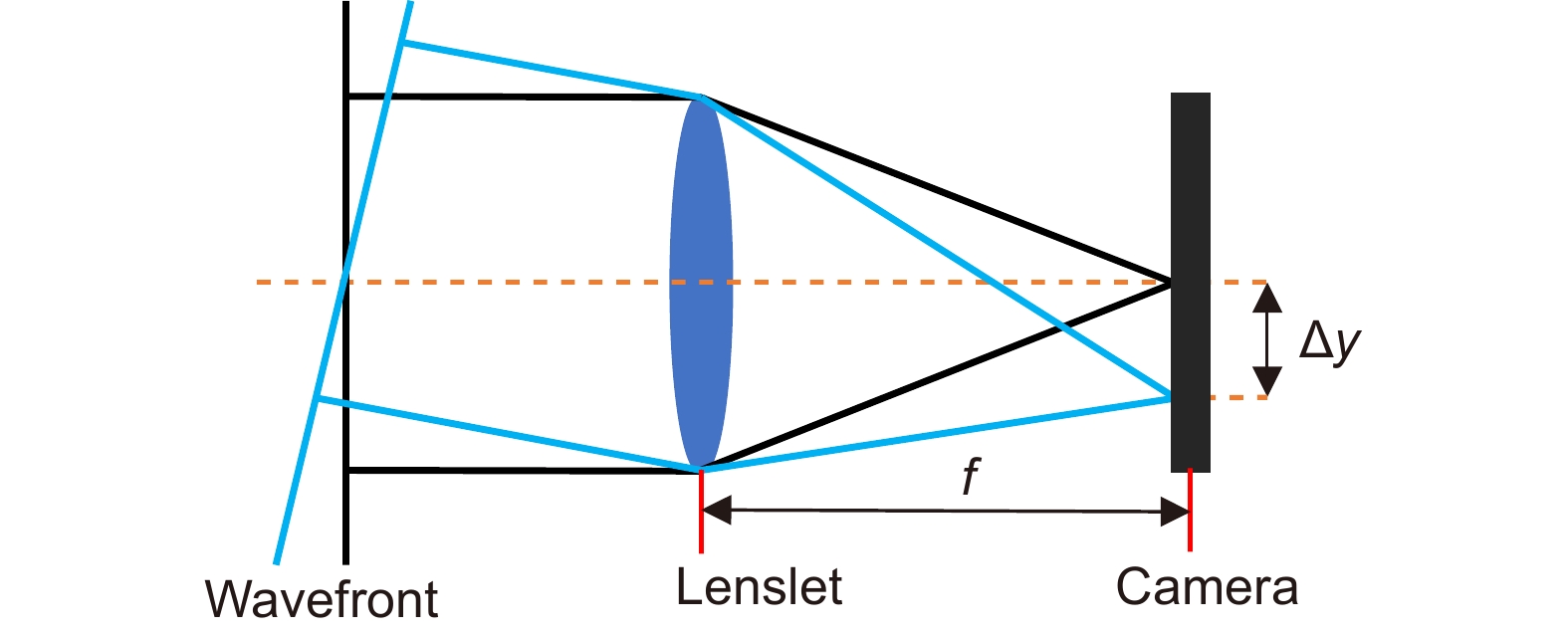
 下载:
下载:


